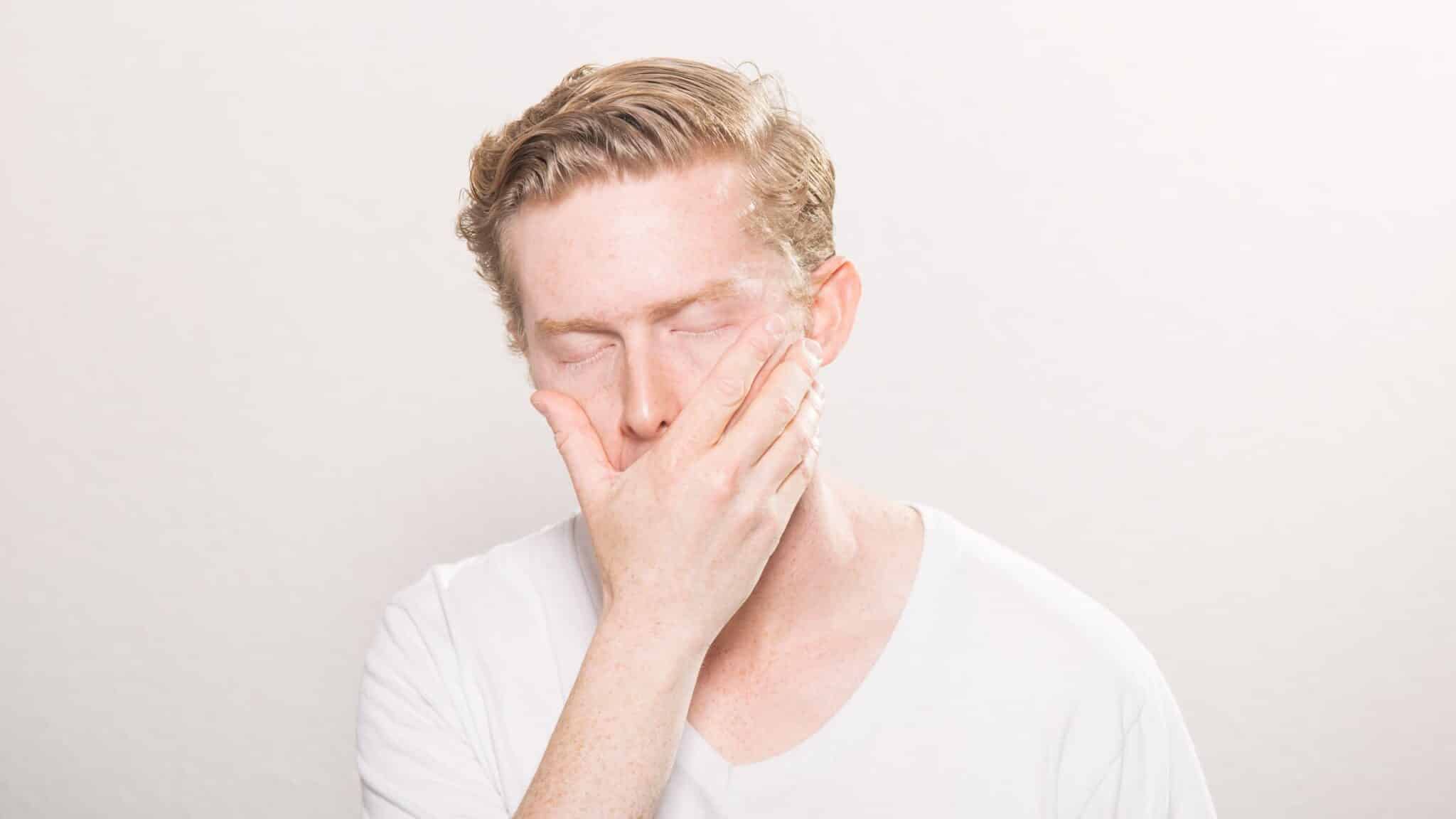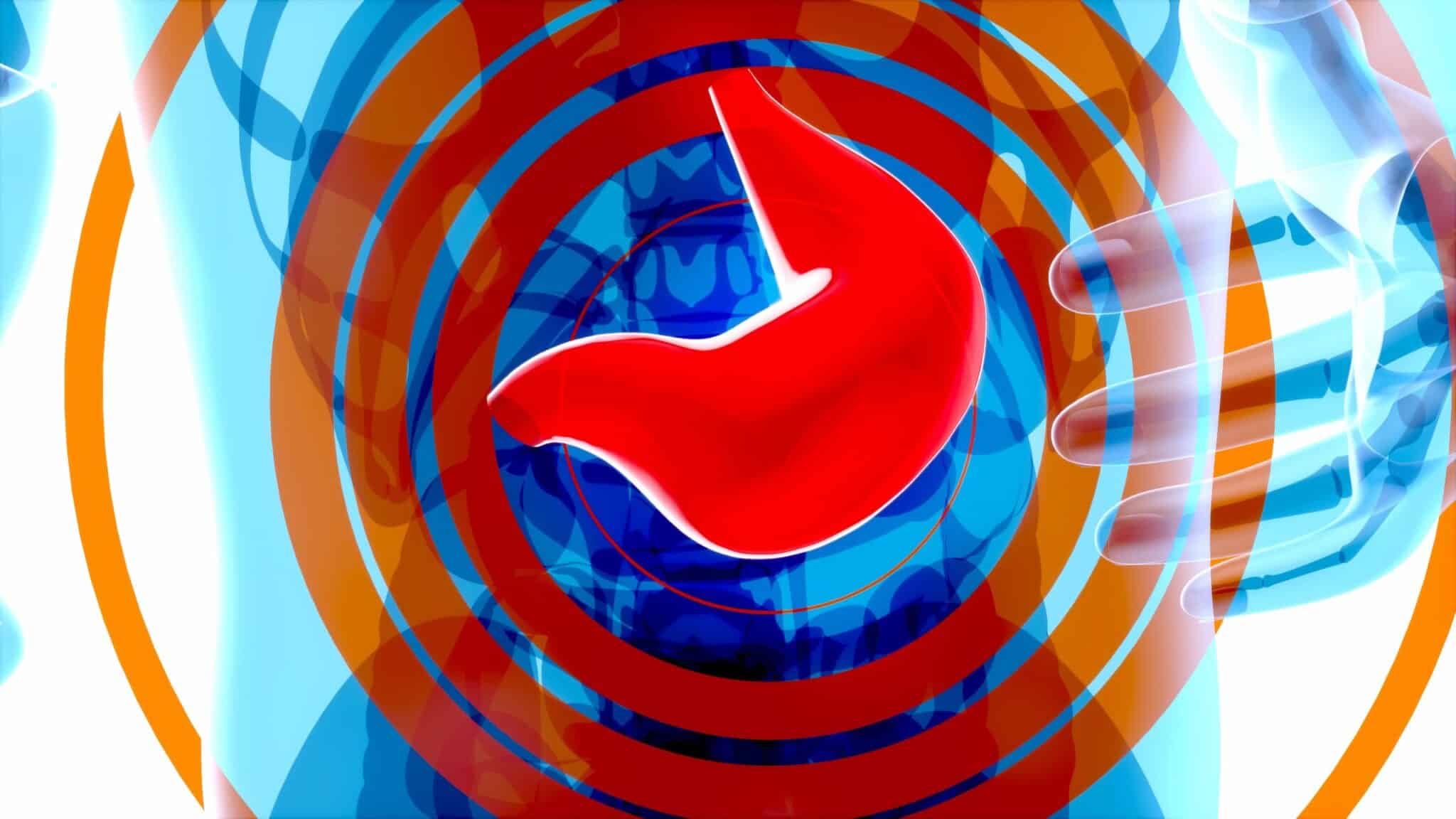Enter the world of medication-assisted treatment with Naltrexone, a revolutionary drug transforming addiction recovery. Naltrexone is a beacon of hope, offering a unique approach to addressing substance dependencies.
In this look into Naltrexone medication, we discover how it plays a crucial role in helping with treatment. It offers a unique way for people who want effective support to overcome addiction.












